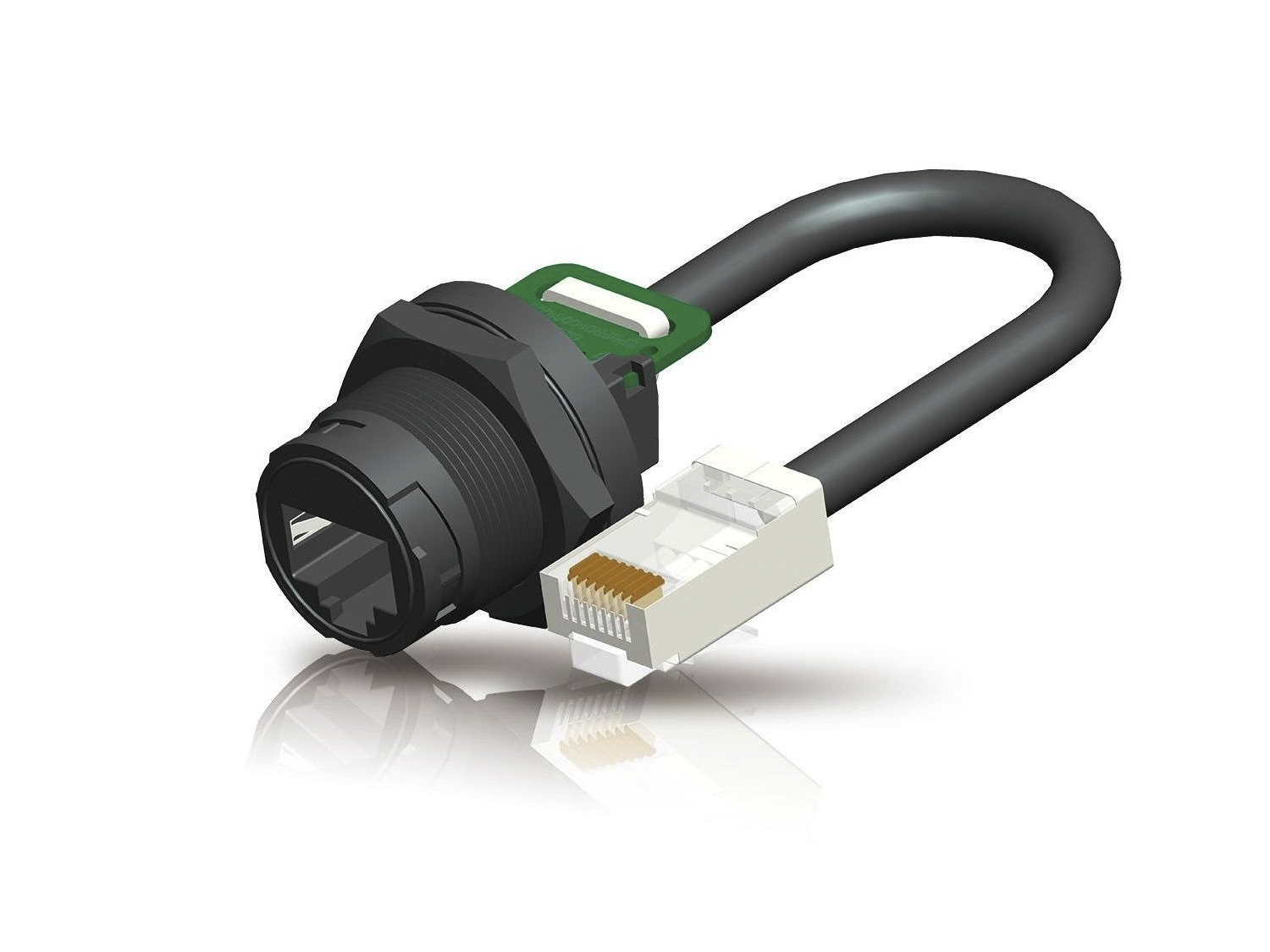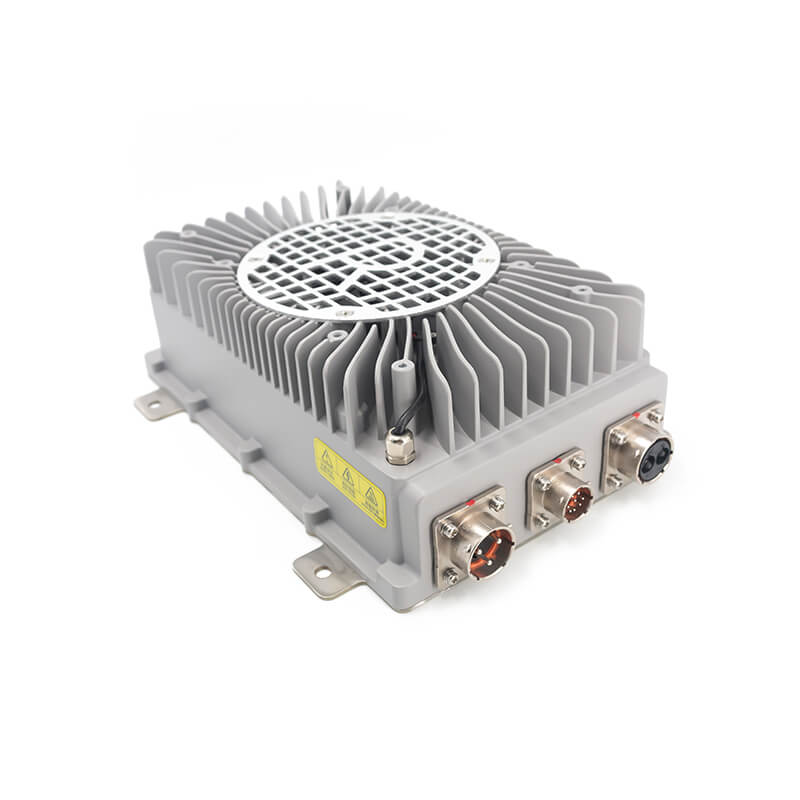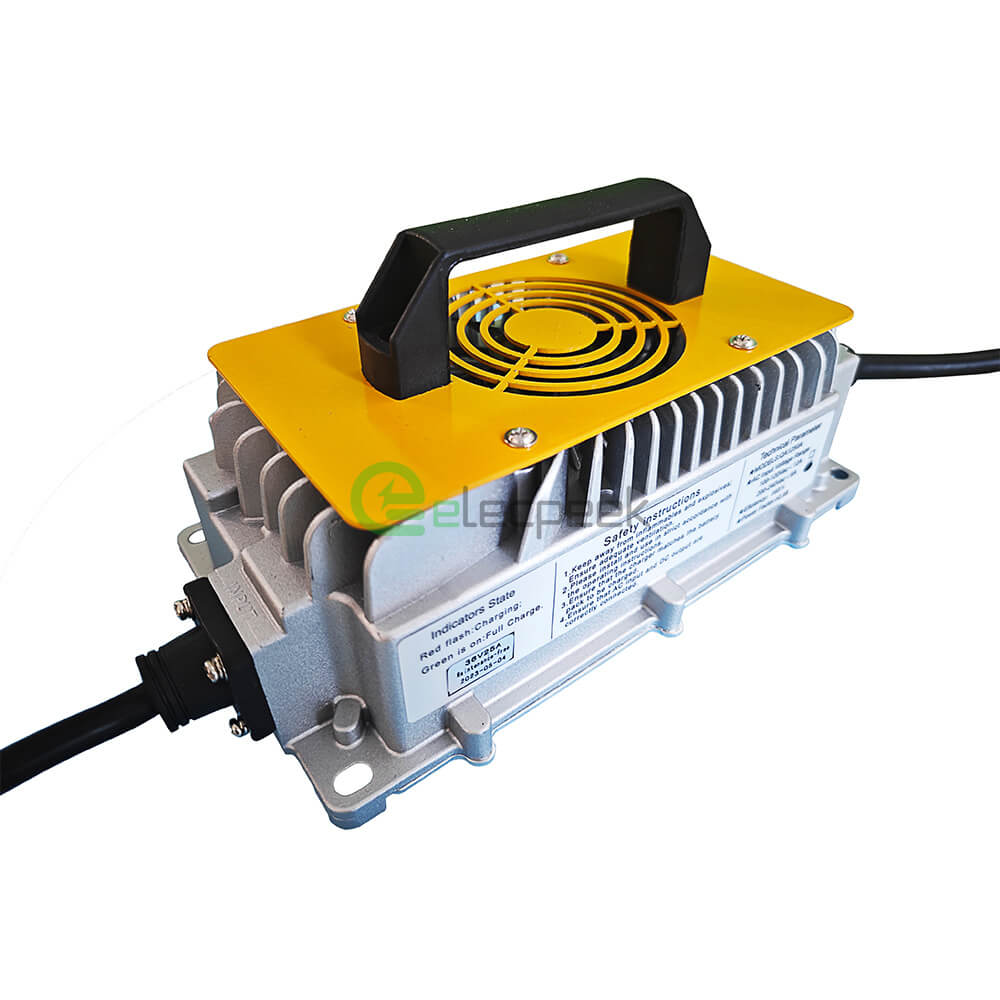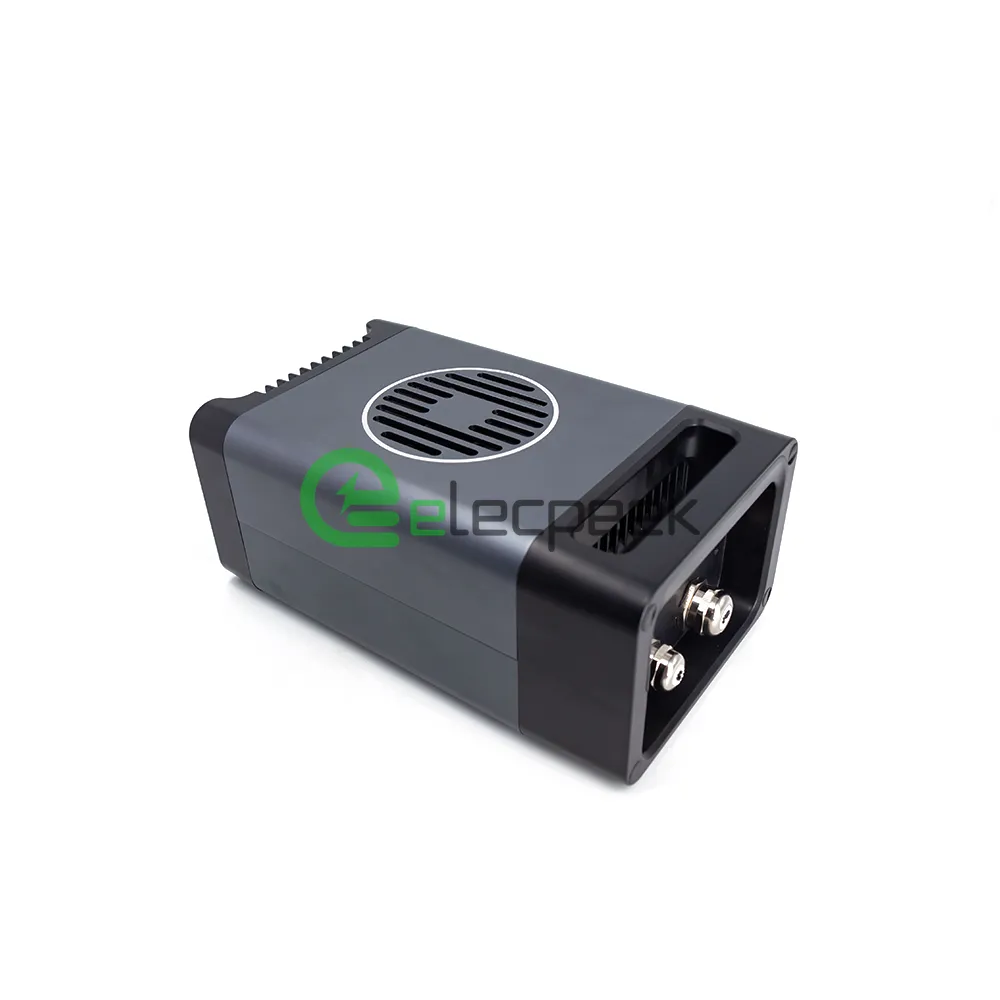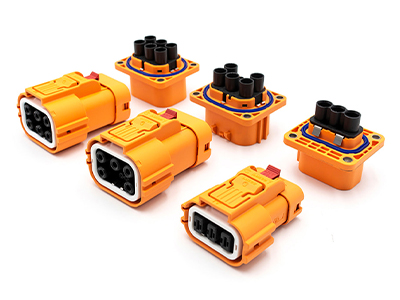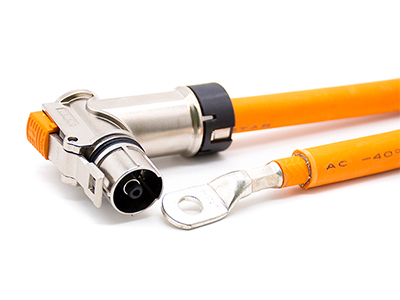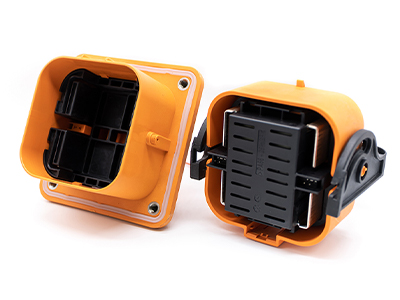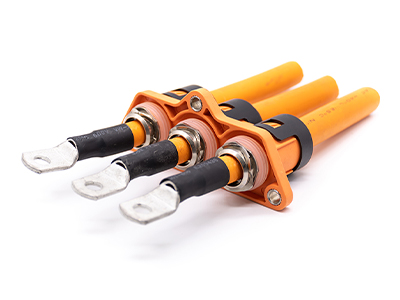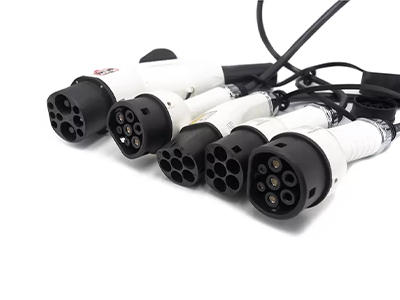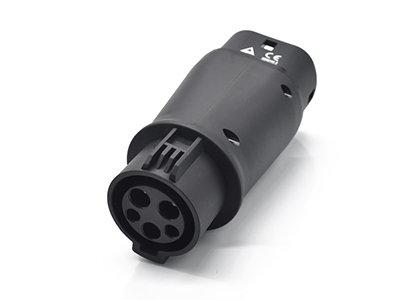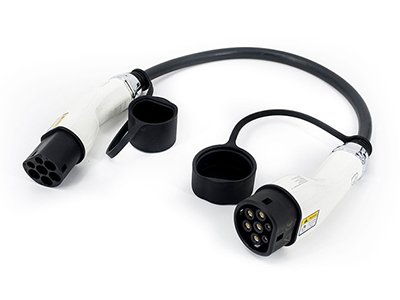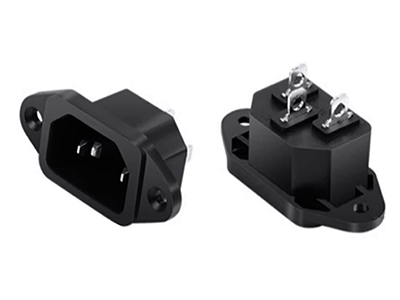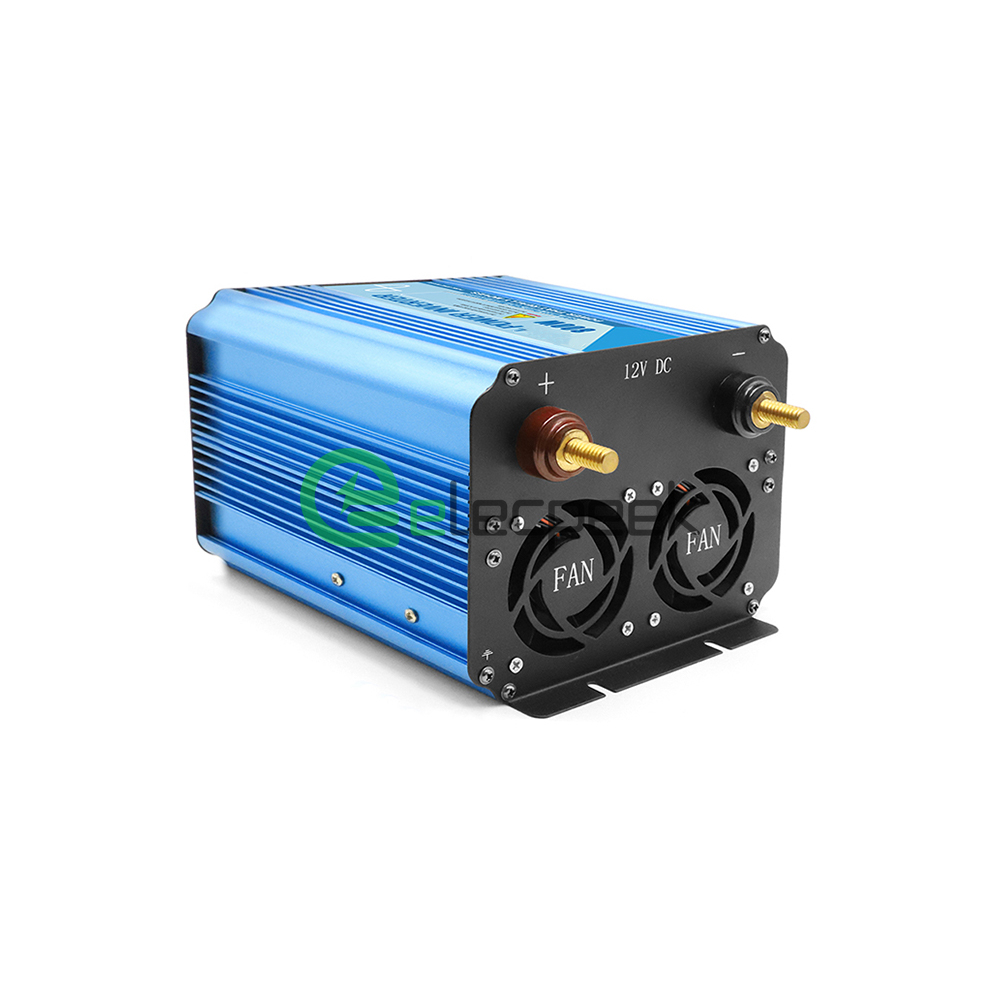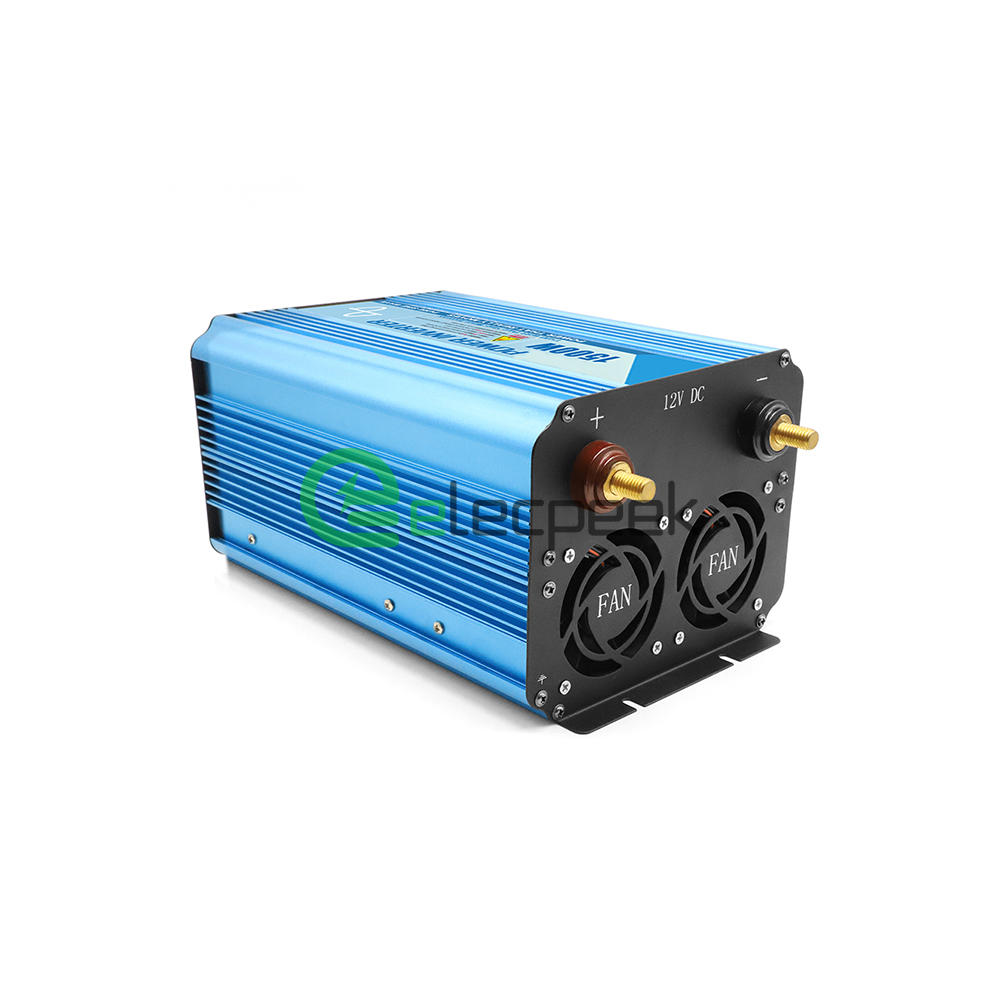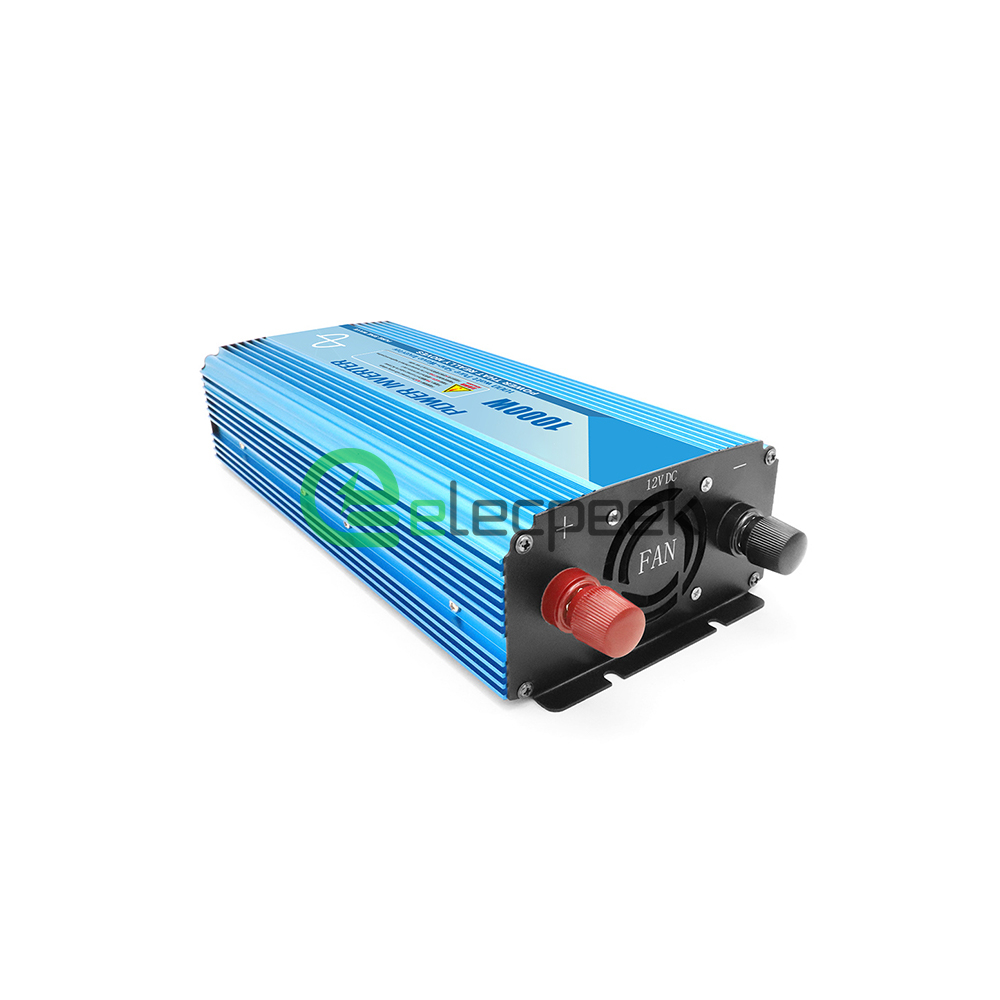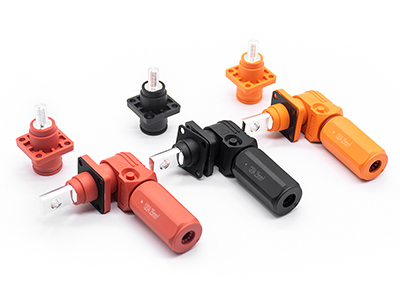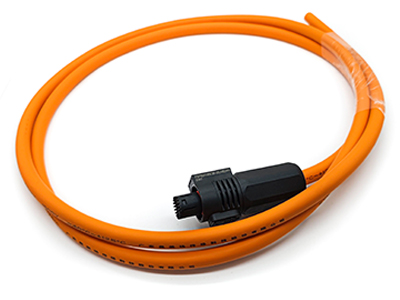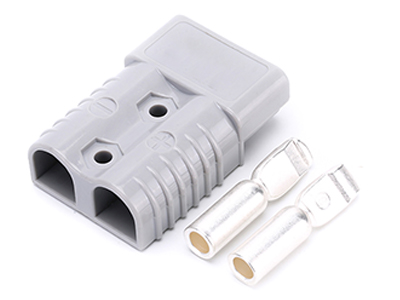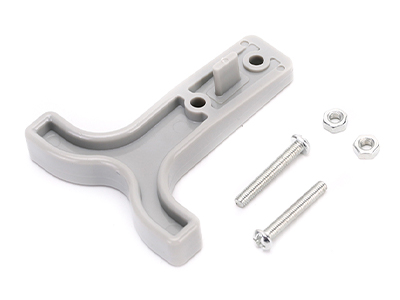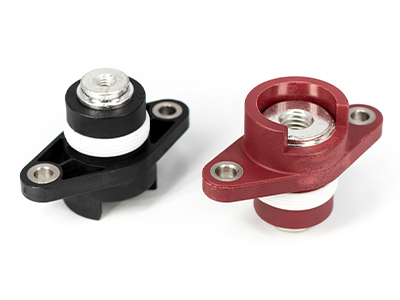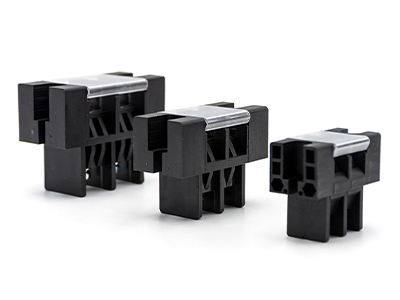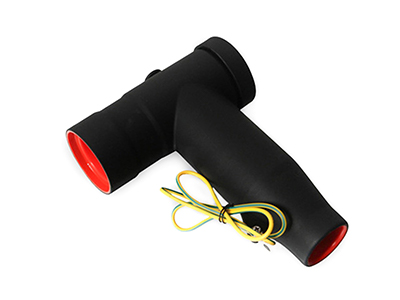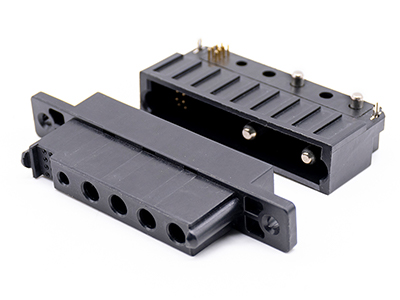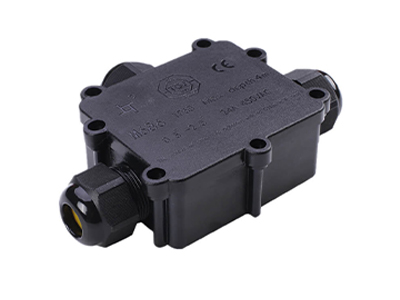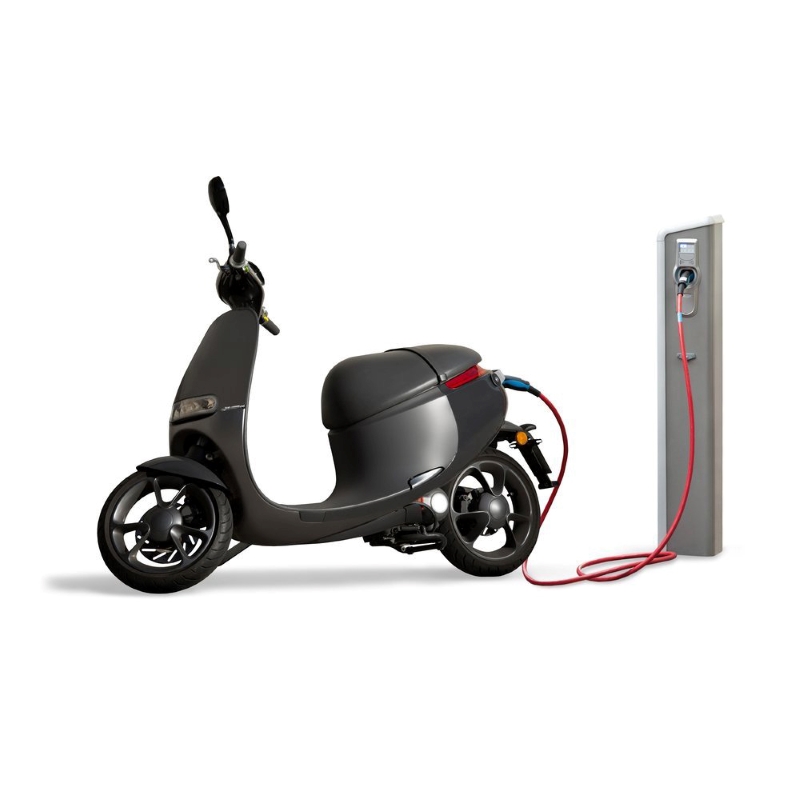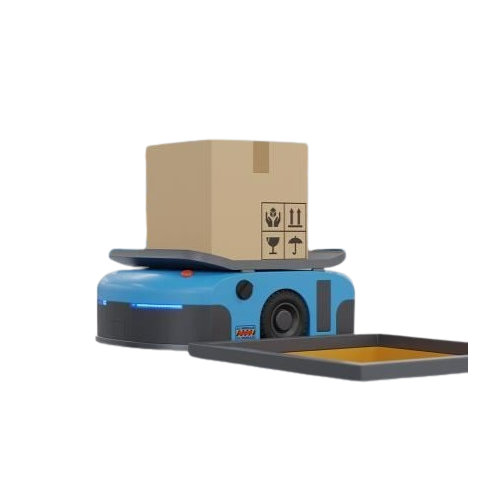News
Understanding Energy Storage Connectors: Applications, Features, and Benefits
As the world shifts towards renewable energy sources and strives to reduce its reliance on fossil fuels, energy storage has become a critical component of modern power systems. A key player in this transformation is the energy storage connector, an often-underappreciated yet essential element of efficient and reliable energy storage systems. In this article we will look at what energy storage connectors are, their main applications, features, benefits, and why they are important.
What Is an Energy Storage Connector?
An energy storage connector, also known as a battery connector or power connector, is a component used to connect energy storage systems to other devices or systems. Its primary function is to transfer electrical power from one source to another with minimal resistance and maximum efficiency. Energy storage connectors are made up of two parts: the plug and the socket, with the plug being the male component of the connector, and the socket being the female component.
An energy storage connector is a device that connects different components of an energy storage system, such as batteries or capacitors, to other devices or systems that either generate or consume electrical energy. These connectors play a critical role in enabling efficient energy transfer between different parts of the system, ensuring that energy gets stored when it is available and can be dispatched when needed.
Energy storage connectors come in various types and designs, depending on the requirements of the system they are intended for. Some common factors influencing their design include the voltage and current levels they need to handle, the type of energy storage devices being used, and the environmental conditions they will be exposed to.
Energy storage connectors are essential components in designing and operating energy storage systems. They play a critical role in the transmission of electrical power from the battery to other devices or systems. The performance, efficiency, and safety of the energy storage system depend on the quality and reliability of the connectors used.
The performance of energy storage connectors is measured in terms of their current carrying capacity, voltage rating, and contact resistance. These parameters determine the amount of power that can be transferred through the connector and the level of energy loss that occurs during transmission. The higher the current carrying capacity and voltage rating, the more power the connector can transfer. The lower the contact resistance, the less energy is lost during transmission.
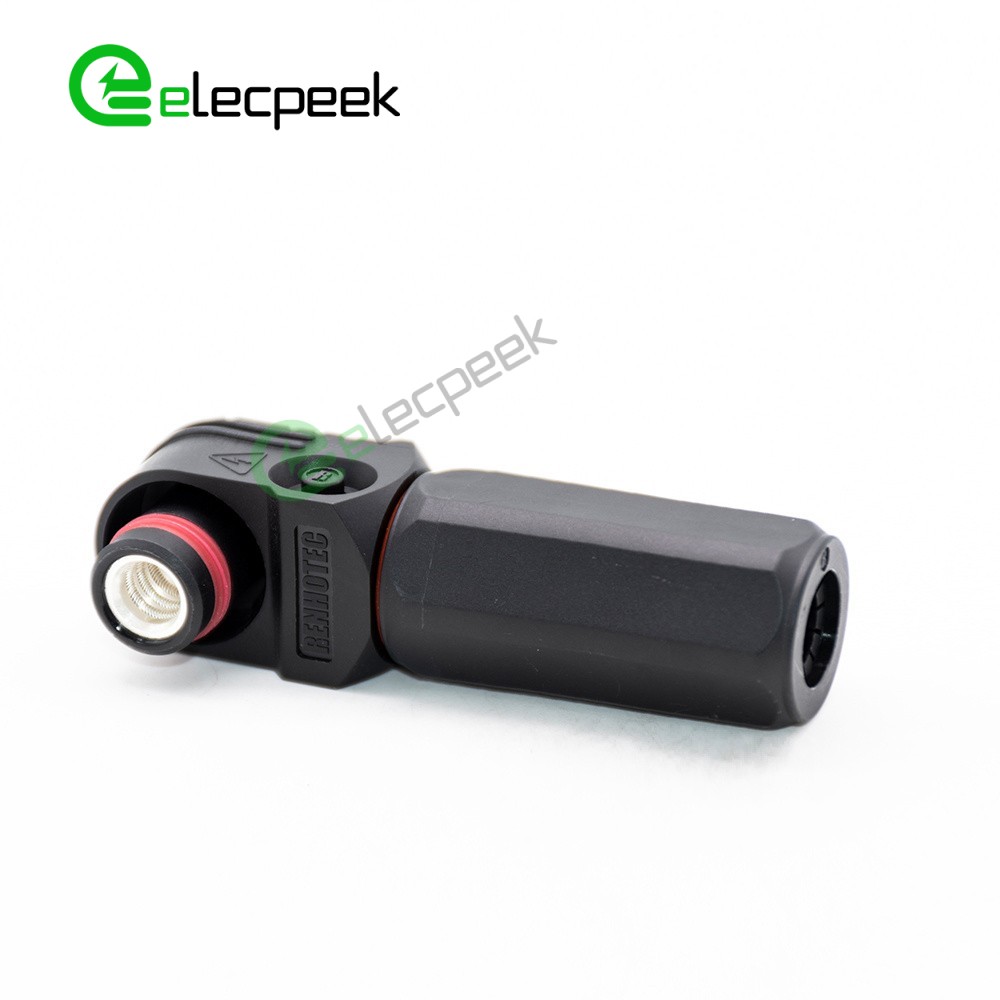
Main applications for energy storage connectors
- To provide a standardized physical and electrical interface between the energy storage system and the rest of the electrical system. This allows interchangeability and interoperability between different energy storage systems and other components.
- To provide electrical isolation and safety features to prevent shock hazards and uncontrolled energy flow. Energy storage systems like batteries contain a lot of stored electrical energy so proper isolation and safety mechanisms are important.
- To control and optimize the flow of energy into and out of the energy storage system. This may include functions like voltage conversion, current limiting, etc.
- To monitor and communicate the status and health of the energy storage system. The connector may have built-in sensing and communication capabilities to report metrics like state of charge, temperature, warning conditions, etc.
Features and benefits of energy storage connectors
- Modularity – They use standardized plug-and-play interfaces that allow different storage systems and grid components to connect and reconnect easily. This makes it simpler to install, relocate, or upgrade energy storage capacity.
- Interoperability – Connectors are designed to be compatible across a range of energy storage products, vendors, and technologies. This introduces more options and flexibility in how energy storage can be deployed and managed.
- Reliability – Energy storage connectors are rated to handle high power flows and ensure safe, uninterrupted connections, even in harsh conditions. They provide overload protection, and short circuit prevention, and can connect/disconnect under load.
- Versatility – Connectors support both AC and DC power and can connect storage using different power sources, and voltage levels, and for different uses like homes, businesses, utilities, and mobile substations. Some are even rated for hazardous locations.
- Future-Proofing – Although technologies evolve, standard connectors will allow new and old storage systems to continue working together seamlessly. Connectors are also built to last while still enabling upgradability.
- Increased Integration – By simplifying how energy storage connects to the grid, connectors make it easier and more affordable for utilities, customers, and developers to adopt storage on a larger scale. This helps integrate more renewable energy and optimizes grid operations.
Why Are Energy Storage Connectors Important?
1. Reliability and Efficiency
Energy storage connectors are essential for maintaining the reliability and efficiency of energy storage systems, especially in the context of renewable energy. As solar or wind power generation can vary depending on weather conditions, it is crucial to have a robust energy storage system that can store excess energy when generation is high and supply it when needed. Connectors enable this process by providing a reliable and efficient means of transferring energy between different components of the system.
2. Safety
The connectors used in energy storage systems must be designed to handle high voltages and currents, ensuring the safe and secure transfer of energy. This is particularly important in large-scale installations, where any failure can lead to significant damage or even pose a threat to human life. As such, energy storage connectors need to meet stringent safety standards and undergo thorough testing to minimize the risk of failure.
3. Flexibility and Scalability
As the demand for renewable energy continues to grow, so too does the need for energy storage solutions that can be easily scaled up and adapted to new technologies. Connectors play a vital role in this process by providing a standardized means of connecting different components, making it easier to upgrade or expand energy storage systems as needed.
Conclusion
Energy storage connectors are a vital component of modern energy storage systems, playing a critical role in enabling the efficient transfer of energy between different parts of the system. As the world continues to shift towards renewable energy sources, the importance of these connectors is only set to grow. By understanding the different types of connectors available and their specific applications, we can better appreciate the role they play in supporting the future of power.


